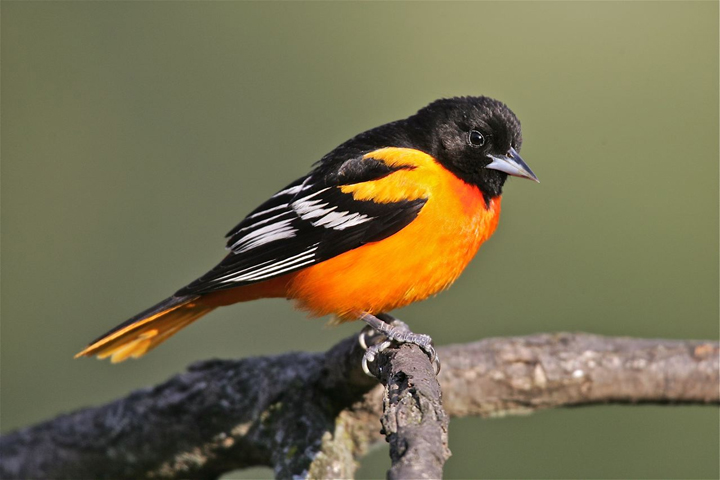While taking a family walk on Mother’s Day, my wife pointed out a female Baltimore Oriole in its yellow plumage. My sister-in-law, who could not ID the bird, was impressed. She sighed, ‘I wish I knew birds…’ Her comment got me thinking. How did we learn about birds and what tips would I share with someone who’s just getting started?
My wife and I have only earnestly paid attention to our feathered neighbors for a few years. We haven’t taken any classes or done deliberate study. Yet, we’ve managed to learn the names of almost every bird that visits our yard. Over three dozen species so far, and on the lookout for more.
Getting Started
As a novice birder, it can be difficult to know where to begin. Rather than doing a google search, I prefer to ask an expert for help. Thankfully, the birding world is full of amateur experts who are happy to share their knowledge. Ask your family and friends. You may be surprised how many people share an interest in birds.
Another option is connecting with a birding club, like your local chapter of the Audubon Society. In my experience, these folks are eager to show newcomers the ropes.
But for some, it may be intimidating asking strangers for help, so what could you do to get started on your own? The single best thing I’ve done to increase my bird IQ was installing bird feeders in my yard that are easy to see from home. Feeders bring birds into the open for a good look and also give you a glimpse of their personalities.
Keep it Simple
My advice is to focus on learning one bird at a time. When I see a bird I don’t know, my first stop is the Cornell Lab of Ornithology’s Merlin Bird ID App. Given your location, date, bird size, color and where you see it (soaring, in a tree, at a feeder, etc.) the app gives you a list of possible birds. The list includes numerous pictures and song recordings to help you make the match.
Like the Baltimore Oriole I mentioned earlier, birds can look very different depending on what season it is. It also depends on whether it’s a male or female and if it’s a juvenile or adult. In the case of seasonal migrants, you may only have a brief window to spot them.
Although this blog was due for the spring migration, according to the Birdcast Heat Map, most of the species we’d expect to pass through Wisconsin already have. But that doesn’t mean the fun is over. This article has some timely information for how to set-up your bird feeders for success this summer. Once you’ve got your feeders set up, check out this blog for some tips on keeping track of what you’re seeing.
If you’re interested in a bit more detail about the species you’ve identified, eBird and www.allaboutbirds.org from the Cornell Lab of Ornithology are great resources.
Beyond the Feeder
If you own some woods, or have a yard with space for trees, there’s a lot more you can do to attract birds than simply setting up feeders. We’ve got an entire webpage dedicated to improving habitat and increasing wildlife in your woods. There you’ll find tons of resources for landowners interested in improving habitat for birds. Whether you live on a city lot, or a hundred acre farm, the principles of providing diverse sources of food, water, shelter and native species apply, no matter the scale.
For more of the rationale of why and how habitat management really works, Doug Tallamy’s best seller Bringing Nature Home does an excellent job describing some of the research behind our recommendations. We’ve also run some recent blog articles here on WoodlandInfo.org looking at plant selections that support wildlife in Wisconsin:
Choosing the Right Trees and Shrubs to Attract Wildlife
The Right Shrubs for the Right Habitat for the Wildlife You Are Looking to Attract
What Are You Waiting For?
The more I learn about birds, the more interesting they become. A line from the poet David Whyte often comes to mind, ‘A life sincerely followed is always surprising.’ Birds live bold and beautiful lives, but you’ve got to pay attention to enjoy them. Take care and have fun out there!

